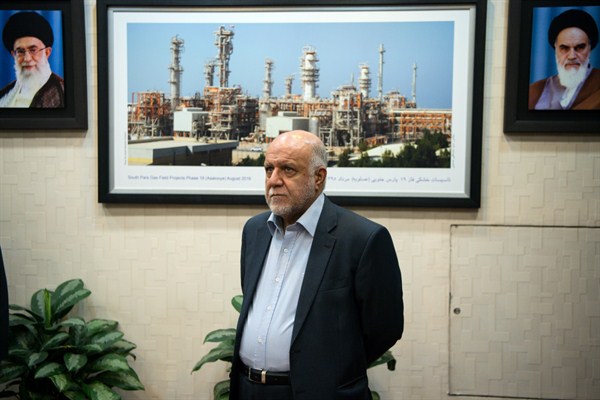Last week, President Donald Trump announced the United States would be reimposing unilateral sanctions against Iran that had been suspended as part of the 2015 multilateral nuclear deal known officially as the Joint Comprehensive Plan of Action, or JCPOA. At the heart of the U.S. sanctions are measures targeting Iran’s oil and gas sector, including any non-Iranian corporations that do business with Iran. In an email interview, Thijs Van de Graaf, an assistant professor of international politics at Ghent University in Belgium, discusses the evolution of Iran’s oil and gas sector since the JCPOA, and the implications of the reimposition of U.S. sanctions for Iran and its partners.
World Politics Review: How has Iran’s oil and gas sector evolved since the signing of the JCPOA, and who have been its major development partners so far?
Thijs Van de Graaf: As a result of years of under-investment in its aging fields and infrastructure, Iran’s oil and gas sector is in dire need of capital and foreign technology, with Iranian officials putting investment needs as high as $200 billion. The country has sought to boost output with the help of foreign companies since oil sanctions were lifted in January 2016. Iran’s appeal for foreign investors is clear, with the country holding the world’s fourth-largest oil reserves and second-largest gas reserves—much of it still untapped. And Tehran has wooed investors with a new, flexible model of oil contracts.

